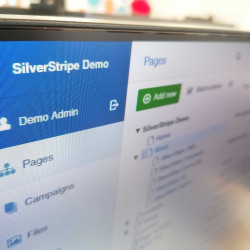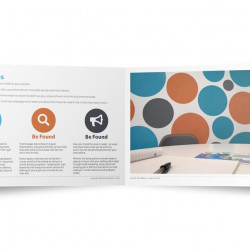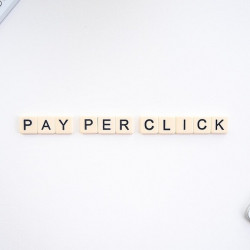Having a website built from scratch can be expensive; however, there is a cheaper alternative.
Using a website template can cut down on the cost of developing your website. While this may sound as though it’s perfect for you and your business, it may not always be the case. So we’ve put some pros and cons together for using website templates, meaning you can weigh it up and see which route you would prefer to go down.
Pros

Let’s start by looking at why businesses choose to have a templated website.
1. Fast and Simple
If you’re running on a tight time scale and want to get a website up and running quickly, then a template might be the right option for your business.
You don’t need to wait weeks for your bespoke solution to be made; you could have your website up and running by the end of the day.
2. Usually Cheap
When you’re comparing prices of websites, having one specifically made for you can cost a few thousand pounds. However, if you’re using a template, you can slash this price to as little as £4 per month.
However, when paying so little, you will have to sacrifice a few things, such as you will need to display ads for the template provider, and you won’t get any visitor analytics. But if you’re not bothered by these things, it can be a good solution for you.
3. Minimal Features
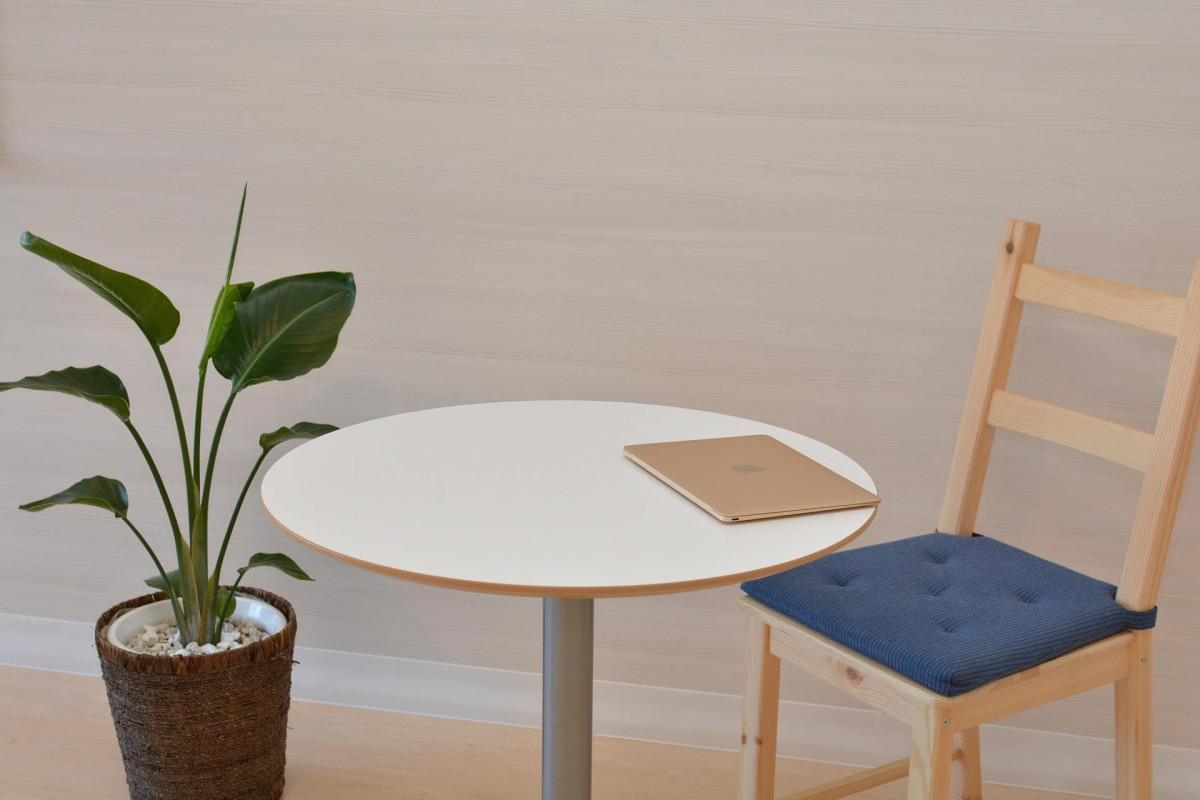
If you don’t want a complex site with all the bells and whistles, then a template could be the way to go.
With minimal features, your site won’t feel as though it’s cluttered with unnecessary features that visitors may not use.
4. No Need to Hire a Developer
Developers are expensive and think they know best when it comes to websites. You may find that most of your website budget is going to your developer without you seeing the features you want to see.
By cutting out the middle man, you can have the website you want without the same expense.
5. It’s a Staring Point You Can Build On
You might find that there’s no template out there that fits what you want your website to be. But there doesn’t have to be. You can use a template as a starting point and hire a developer to build on it in the future.
Cons

So far, we’ve covered five pros of having a templated website. However, there are also several cons that come with them.
1. Not All Templates Are Responsive
Have you ever loaded a website on your phone that looks squished, or do you have to scroll to the side to see all of the content? Congratulations, you’ve found a website that isn’t responsive.
While many templates are now responsive, you might find they have features that aren’t, like having an image slideshow that slightly hangs off the side of the screen so you can’t see all of the image at once.
2. It Looks Like a Template
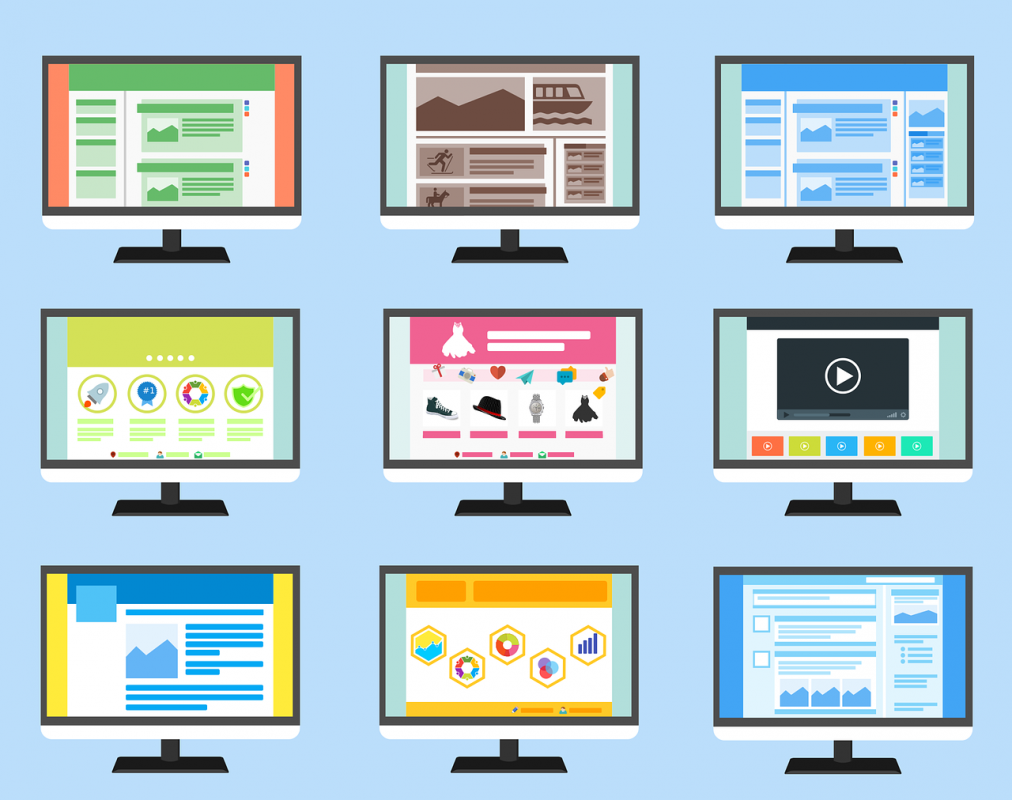
Most templates have limited design and editing options, which means it still looks like a template once you’ve finished changing it.
While this may not be a problem for you if you like the design of it, your visitors will notice and may judge you based on it. While this might not sound like a problem, your visitors may think that you’re not as professional as you’re trying to be. Remember, templates are the cheaper option when it comes to web design, and your visitors know it.
3. May have Features That Are a Security Risk
If your template has certain features, how do you know whether they’re safe to use? Are you going to be exposing your visitors to vulnerabilities?
While this may only be a small risk, if the feature is being used on thousands of other sites that use the same template, how can you be sure that the code behind it has been kept up-to-date?
4. It’s Not As Fast As You Think
It takes time to find the right template for you, and to customise it as you see fit. Don’t forget; you haven’t got a developer to do all this for you. It’s going to fall to you and your team. Can you take time out of your busy day to ensure the right template has been found, customised and populated with content?
5. While You Can Do Your Own Thing, It Doesn’t mean You Should
Trends and preferences change over time. Have you ever looked back at your teenage self and thought, “what was I thinking wearing that?!”. The same can be said for certain websites.
What were they thinking having a neon navigation bar and gifs in a slideshow on the home page?
To put it nicely, developers can talk you out of bad choices, so you’re less likely to look back with regret for following a trend that died after two months when website owners found they weren’t working.
6. Non-Transferable
If you’re no longer happy with the service you’re getting from the website host, then I’m afraid to say that you may be out of luck. In most cases, when you want to transfer away from the provider, they keep the rights to the template you’ve used and won’t let you transfer that away from them. So you either have to stay with them or lose your website.
Whereas if you have a bespoke site developed for you, in most cases, the developer will turn the rights over to you so you can do what you want with it.
Summing Up
There is no right or wrong answer to whether using a template is the right thing to do for you. But you need to weigh the pros and cons to make sure the path you’re choosing is the right one at the right time.

